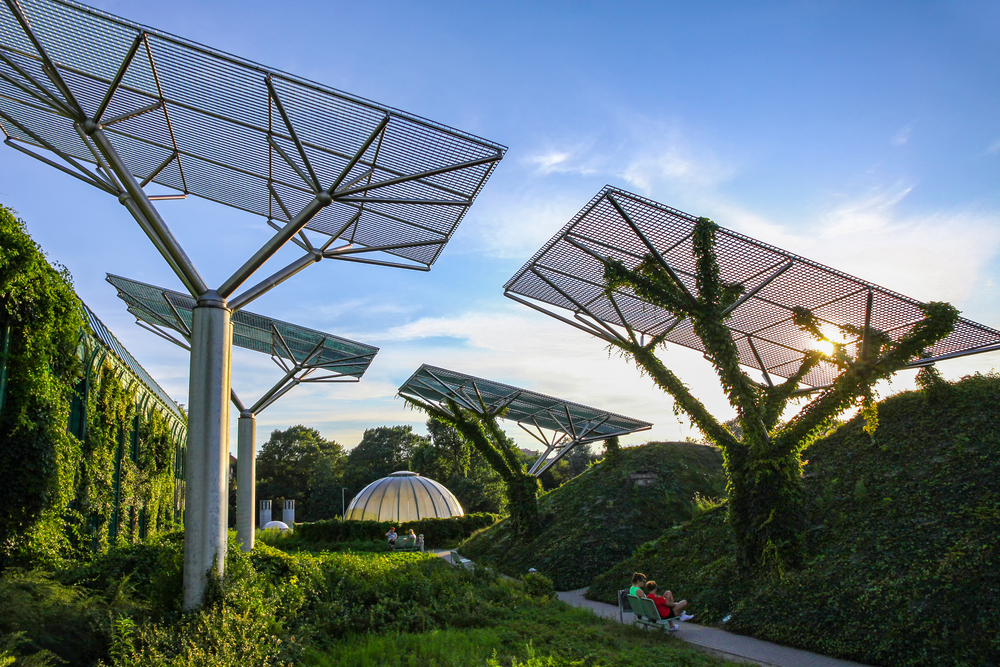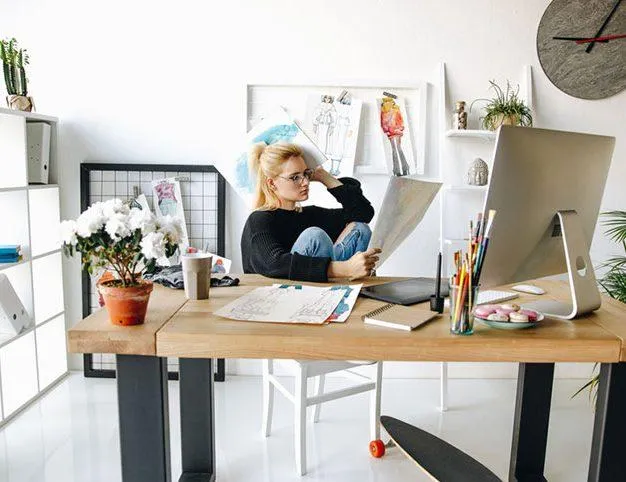Here’s Why Sustainable Design is Important
Design is everywhere. If you’re not professionally involved in the field, it might seem irrelevant or sometimes too complex. But in reality, design is an integral part of everyday life for each and every one of us.
Our homes, clothes, vehicles, and even the future are designed. If the first things in the list aim to make our lives easier and comfier, the latter is also closely linked with the concept of sustainability. The goal is to meet our needs and, most importantly, the needs of future generations.
Sustainable design is worth exploring, as it is such a complex and relevant topic this year. For this reason, in this article, we will explain why sustainable design is important and share examples of how both governments and individuals can implement sustainable design on different levels.
What is sustainable design?
To get a clear understanding of why sustainable design is important, it is crucial to get a bit philosophical.
Sustainable design seeks to eliminate negative environmental impact, thus, terms like eco-friendly design, eco-design, and environmentally conscious design can be interchangeably applied towards it. According to the General Services Administration (GSA), the key goals of sustainable design are:
- minimize waste
- create healthy environments
- reduce the consumption of non-renewable resources
However, the notion of green design is not synonymous with sustainable design. At its core lies the idea of creating designs that meet current needs but also acknowledge and consider the consequences future generations may encounter.
In general, sustainable design has a long-term approach to environmental protection. Meanwhile, green design concentrates more on current issues and constitutes a narrower discipline, often associated with architecture in particular.
Why is sustainable design important?
Aiming to build a better future, sustainable design touches every design sphere, going from beauty to architecture. However, we will concentrate on particular examples to showcase how sustainable design principles are already implemented on different levels.
1. Eco-design lowers pollution
The government of the City of Sydney has developed a strategy called “Sustainable Sydney 2030” which includes a checklist that encourages sustainability to be tailored at every design stage, from planning and assigning roles to project completion.
The chapter “Sustainable Design Best Practice Guide” is divided into 10 sub-chapters, among which are guidelines on creating a better city infrastructure. The aim of sustainable design is, from their perspective, to decrease the dependency on private car use and with this, encourage people to resort to alternative ways of transportation. According to the strategy, the city will also aim to provide more cyclist parking spots, establish a car share scheme, and develop a green travel plan that would provide for sustainable transportation options.
These guidelines will serve a detailed action plan for businesses to lower pollution by reducing overall greenhouse gas emissions.
2. Sustainable design helps with water and energy management
Sustainable design is important because it urges to pay attention to renewable resources rather than relying on carbon energy or wasting water.
The Marlborough City Council states that although in New Zealand, it is easy to think that lack of water will never be a problem, the reality is different. Some towns and cities are already facing water shortages.
The case is that if the lack of water is becoming an issue in New Zealand, it is hard to imagine how complex the situation is in African countries, for instance. The solution here is to carefully design water infrastructure to reduce the amount of water used at homes and eliminate the need to draw water from rivers and waterways.
In terms of energy management, sustainable design is about replacing old heating systems and relying on renewing energy sources like wind farms and solar panels. They are not only a way to stick to the core principle of sustainable design – reduce consumption of non-renewable resources – but also to adhere to an eco-friendly lifestyle.
3. Eco-friendly design encourages finding cost-effective and durable design solutions
At a time when awareness on this topic is growing, people are more prone and ready to switch to a sustainable lifestyle. The only thing that stands in their way is the cost of sustainable products. Designers and manufacturers are equally responsible for this, and should aim to reduce the cost of materials for eco-products and encourage others to get on board.
Today, we can see numerous examples of this strategy being successfully implemented and picked up by small businesses and transcontinental corporations. For instance, both niche cafes and large chains of coffee shops like Starbucks make a discount for those who come with reusable cutlery or take extra fees for serving coffee in paper cups. Countries are banning lightweight plastic bags on governmental levels and encouraging people to invest once in a tote instead of buying a plastic bag every time they go to a supermarket.
These are examples showing that designers who find cost-effective solutions would definitely find support and resources to present their products to the masses. Moreover, designers are not the only ones responsible for transitioning to a more sustainable future. Governments and individuals are also stakeholders that shape the standards in today’s world and contribute to the future we all aspire to with small and big decisions on a daily basis.












